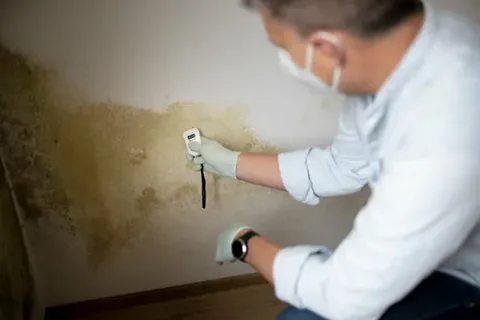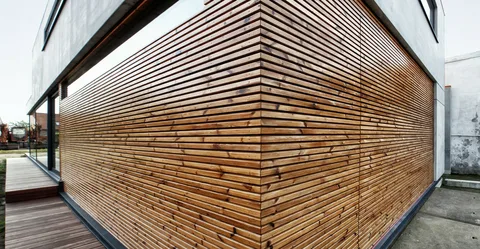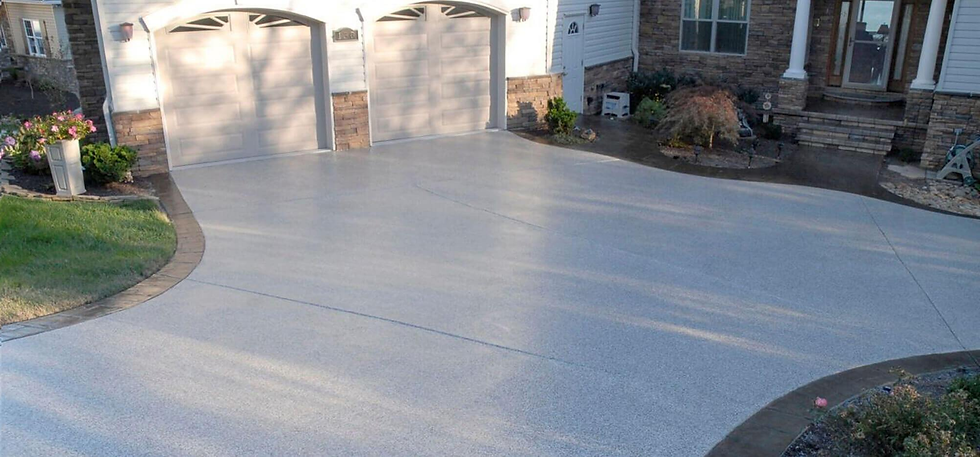Perils of Rising Damp Treatment: Effective Treatment Solutions
- Admin

- 17 hours ago
- 3 min read

Rising damp is a common issue faced by many property owners, particularly in older buildings where the damp barrier may have deteriorated or is missing altogether. Not only is it unsightly, leading to peeling paint, bubbling wallpaper, and a musty odour, but untreated rising damp can also cause structural damage and health concerns. Understanding the obstacles involved in rising damp treatment and knowing which solutions actually work is crucial to protecting your home and your family’s well-being.
What Are the Most Common Risks Associated with Rising Damp Treatment?
Treating rising damp is not as simple as it sounds. The process involves several steps, all of which must be executed correctly to ensure lasting results. If any part is mishandled, problems can worsen:
Ineffective Damp Proof Course (DPC) Installation: If a new DPC is not properly inserted or applied, or chemicals do not fully penetrate the wall, the barrier against moisture is incomplete. This can cause the damp to resurface just months later.
Ignoring Underlying Causes: Sometimes, treatment is carried out without diagnosing the root cause, such as blocked vents or leaking gutters, which allows the problem to recur.
Substandard Materials or Workmanship: Using poor-quality materials or inexperienced labour can lead to failed treatments, unnecessary expense, and further wall damage.
Inadequate Drying and Reinstatement: Skipping steps like removing salt-contaminated plaster or replastering too soon traps moisture and salts in the wall, leading to ongoing problems.
Health and Structural Hazards: Persistent high humidity can create the perfect environment for mould and fungi, risking respiratory problems for occupants and further decay of timber structures.
How Can You Treat Rising Damp Effectively and Safely?
Correctly tackling rising damp is a combination of skilled assessment, the right technical knowledge, and a methodical approach. The most effective treatment solutions involve:
Thorough Inspection and Assessment: Before any work begins, inspect the property for sources of moisture, including blocked drainage, poor ventilation, and failed DPC. Removing damaged plaster and exposing the bare wall are often necessary for proper assessment.
Damp Proof Course Injection: This modern approach is economical and minimally invasive. It involves drilling a series of holes at the base of the affected walls and injecting a special water-repellent cream or solution. This penetrates the masonry, creating a new moisture barrier within the wall itself. It’s important that the holes are evenly spaced and fully filled to prevent gaps in protection.
Electro-Osmotic Treatment: For those looking to avoid chemicals, this technique uses small electrical currents via wires inserted in the wall. The currents redirect water back down into the ground. It is an option for certain property types, but it must be installed correctly and requires ongoing monitoring.
What Happens if Rising Damp Treatment Fails or Is Ignored?
Ongoing Structural Damage: Moisture steadily weakens brickwork and timber, causing them to rot or crumble.
Worsening Aesthetics: Wall finishes continue to blister and flake, which lowers the value and comfort of a home.
Health Implications: Mould growth, resulting from persistent damp, can cause allergies and respiratory problems, particularly affecting children and the elderly.
Increasing Repair Costs: Delaying appropriate treatment often results in far higher repair bills down the track.
FAQs About Rising Damp Treatment
Can rising damp cause structural damage?
Yes, if left untreated, rising damp can weaken structural components, leading to costly repairs.
How long does a damp-proof course last?
A well-installed damp-proof course can last for several decades, but it's important to regularly check for signs of wear or failure.
Is rising damp a problem in new builds?
While less common, rising damp can occur in new builds if the DPC is not correctly installed. Regular inspections can help catch issues early.
Conclusion
The perils of rising damp treatment mostly stem from inadequate or inappropriate solutions. For lasting protection, property owners must address underlying issues, choose reliable treatment methods, and ensure high standards of workmanship throughout the process. Effective solutions combine accurate diagnosis, the right choice of barrier, whether injected DPC, electro-osmosis, or physical membrane, careful replastering, and preventative maintenance. Properly managed, rising damp can be eliminated, restoring both the structure’s integrity and a healthy living environment.








تعليقات